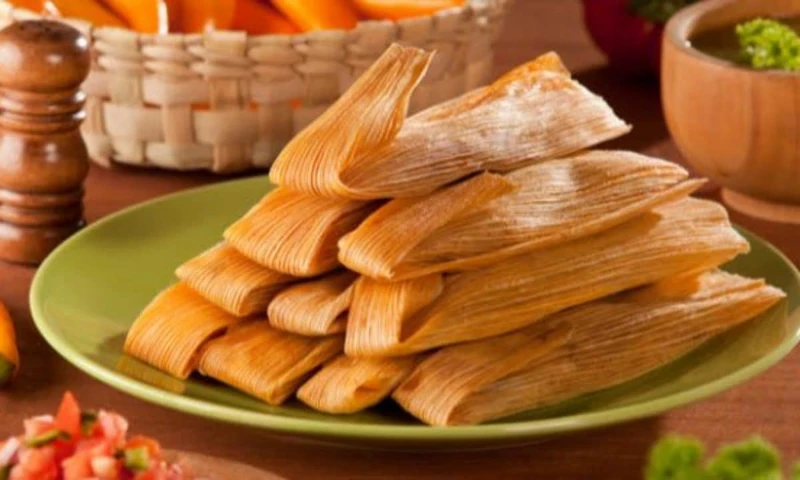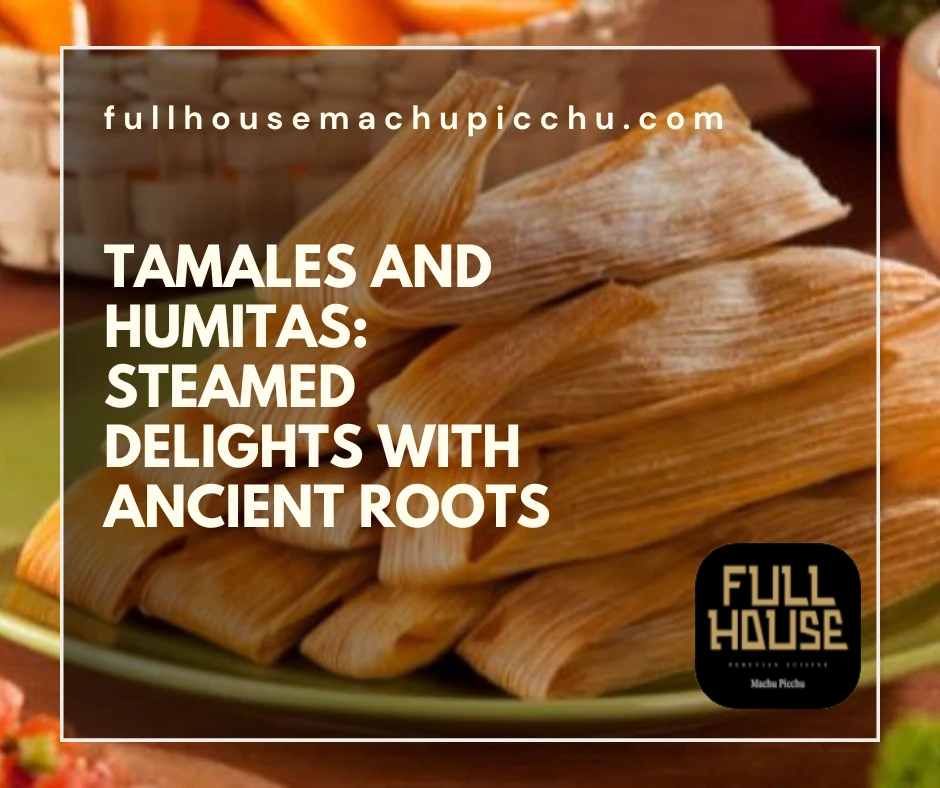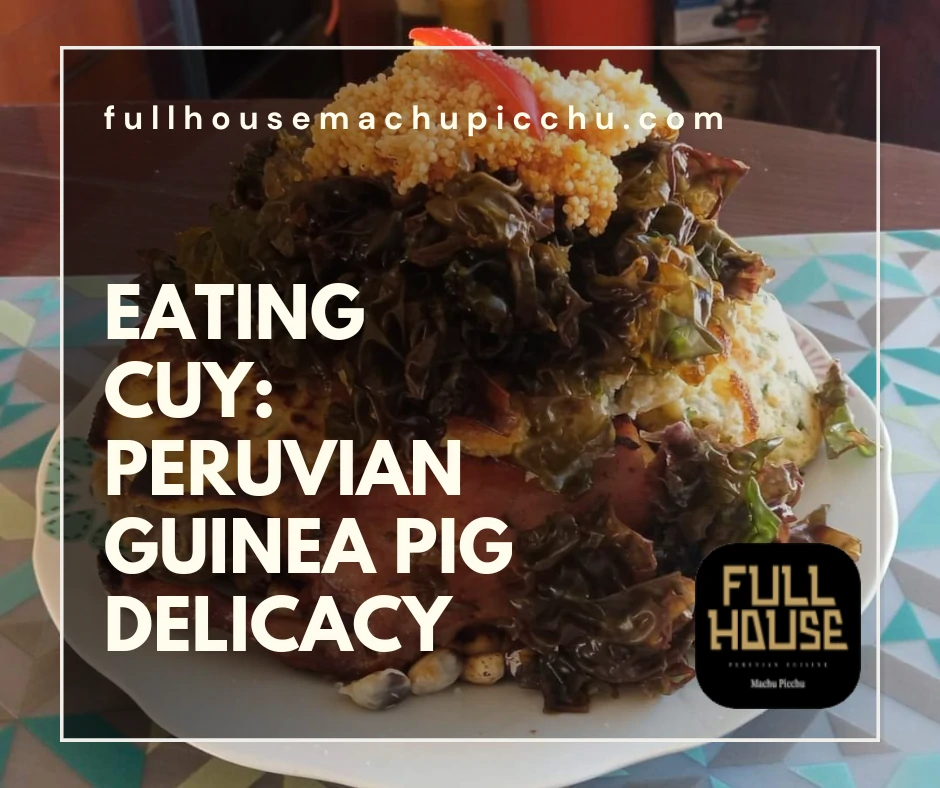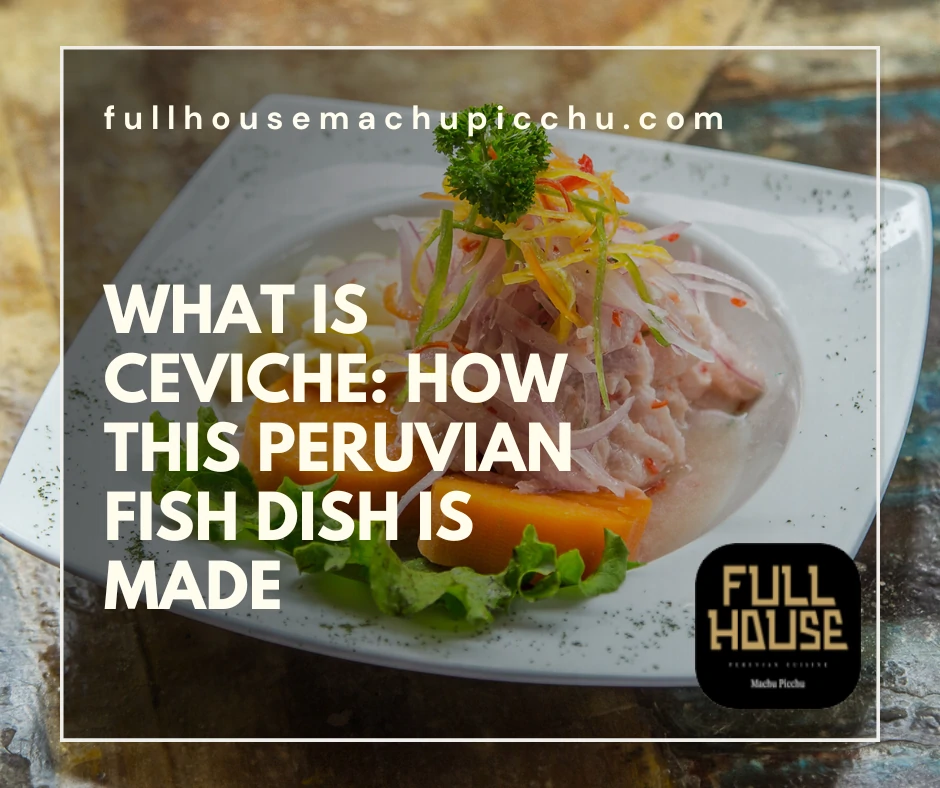Steamed to perfection, tamales and humitas represent more than just culinary delights; they echo ancient traditions. Rooted deeply in pre-Columbian cultures, these dishes capture millennia of history. Their evolution is a testament to the blending of indigenous practices and external influences.
Today, these corn-based treats grace tables from bustling city centers to remote villages. Their flavors vary regionally, but the essence remains. Each bite transports us to a time when these dishes held ceremonial significance.
Corn’s Cultural Legacy: The Historical Significance of Tamales and Humitas
Corn, revered in ancient times, stands as a pillar of Peruvian culture. Its enduring significance is evident in traditional dishes. Specifically, Tamales and Humitas underscore corn’s historical importance. These steamed delicacies, while simple in appearance, carry profound cultural weight.
Long before modern Peru took shape, ancient civilizations honored maize. Tamales and Humitas were not mere sustenance. They played roles in rituals and community gatherings. Over time, these dishes evolved, echoing changing times and influences.
Peruvian corn, distinct in its large kernels and vivid colors, lends itself beautifully to these dishes. Its unique flavor and texture have earned it a special place in peruvian food. Both Tamales and Humitas, with their soft and moist consistency, offer a taste of this rich heritage.
Yet, it’s not just the taste that captivates. The method of preparation, passed down through generations, remains an art. Wrapped meticulously in corn husks, Tamales and Humitas are then steamed to perfection. This method preserves the flavor and imparts a unique texture.
Tamales often carry a savory filling, reflecting the diverse produce of the region. On the other hand, Humitas lean towards the sweeter side, echoing corn’s natural sweetness. Both dishes, though distinct, highlight the versatility of maize.
Today, these dishes are savored across Peru and beyond. They serve as a reminder of the rich past. They bridge the gap between ancient traditions and the contemporary culinary scene. For anyone eager to dive deep into the essence of Peruvian cuisine, Tamales and Humitas are a must-try.
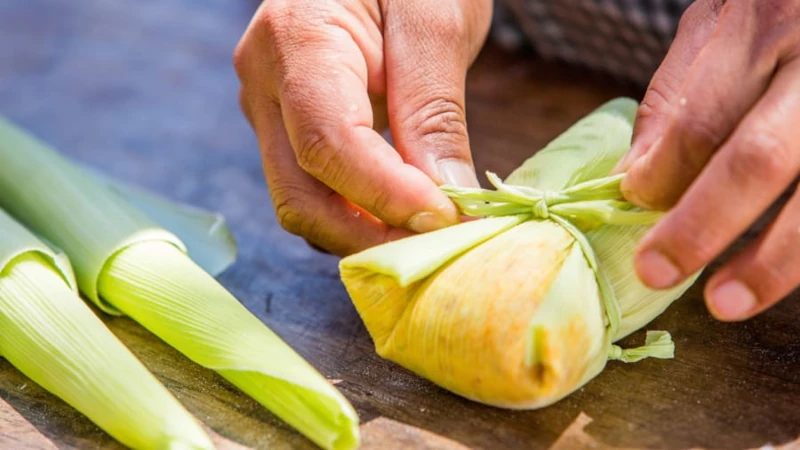
Diverse Fillings, Unified Passion: Regional Variations and Preparations
Peru’s vast landscape results in rich culinary diversity. This is evident in its traditional peruvian dishes. Specifically, Tamales and Humitas showcase this regional variation brilliantly. Both dishes, while maintaining a corn base, exhibit flavors that narrate local tales.
From the coast to the Andes, each region has its rendition. Coastal areas prefer Tamales with seasoned chicken or pork. They often add olives, boiled eggs, and spicy ají pepper. In contrast, the Andean variation embraces the sweet essence of corn in their Humitas, occasionally pairing with a spicy salsa.
Cusco’s culinary heritage offers a unique twist. Here, Tamales and Humitas take on both savory and sweet profiles. Some might be filled with cheese; others may surprise with sweet fruits. These variations are more than recipes; they’re historical narratives.
The preparation methods also differ across regions. While steaming remains a universal technique, the duration and additional ingredients might vary. Some regions incorporate local herbs or leaves, offering an additional layer of flavor.
Beyond the fillings and methods, it’s the passion for Tamales and Humitas that unites. Regardless of the region, families take pride in their unique renditions. Every bite offers insight into the locality’s preferences and history.
For travelers and food enthusiasts, this is a culinary journey. Sampling the variations of Tamales and Humitas across Peru provides a deeper connection. Each region, with its unique touch, contributes to the rich tapestry of Peruvian cuisine. Indeed, these dishes, rooted in history, continue to evolve and enchant.
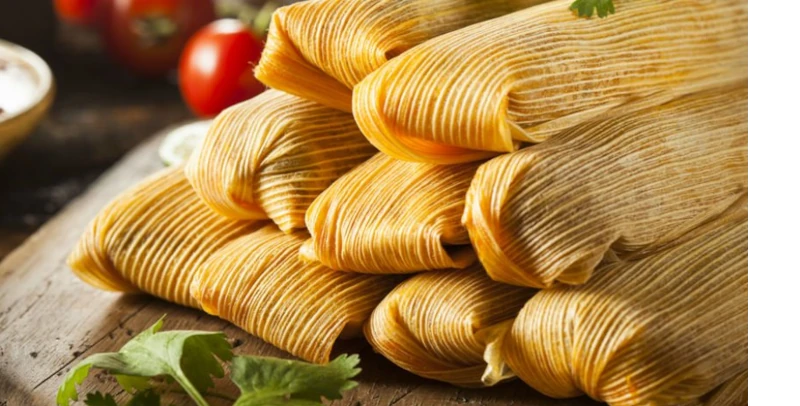
From Rituals to Family Tables: The Timeless Charm of Steamed Corn Delicacies
Steamed corn has long been a staple in Peruvian culture. This deep-rooted tradition finds its expression in Tamales and Humitas. Once reserved for special rituals, these dishes now grace daily family tables.
Centuries ago, these delicacies played crucial roles in ceremonial feasts. Both Tamales and Humitas were considered offerings to deities, showcasing gratitude for bountiful harvests. Today, while their spiritual significance might have diminished, their cultural value has only grown.
With the progression of time, Tamales and Humitas have integrated into regular meals. Family gatherings often revolve around these dishes. Whether it’s a Sunday brunch or a festive celebration, they’re indispensable.
But it’s not just the dishes themselves. What accompanies them adds to the experience. Sipping Peruvian drinks, like chicha morada, while nibbling on a Tamale is delightful. And ending the meal with Peruvian desserts? Pure bliss.
These corn-based dishes, though simple, are versatile. Some like them spicy, while others lean towards the sweeter side. This adaptability ensures Tamales and Humitas remain perennial favorites.
Moreover, their timeless charm lies in the memories they evoke. For many, the aroma of steaming Tamales recalls childhood. It’s the laughter shared, stories told, and bonds strengthened.
In a world of fleeting trends, Tamales and Humitas stand unwavering. While modern dishes come and go, these steamed delights remain. Their journey, from sacred rituals to family tables, testifies to their lasting allure.
In essence, while times change, some things remain constant. The love for Tamales and Humitas in Peru is one such thing. A testament to tradition, taste, and togetherness.
